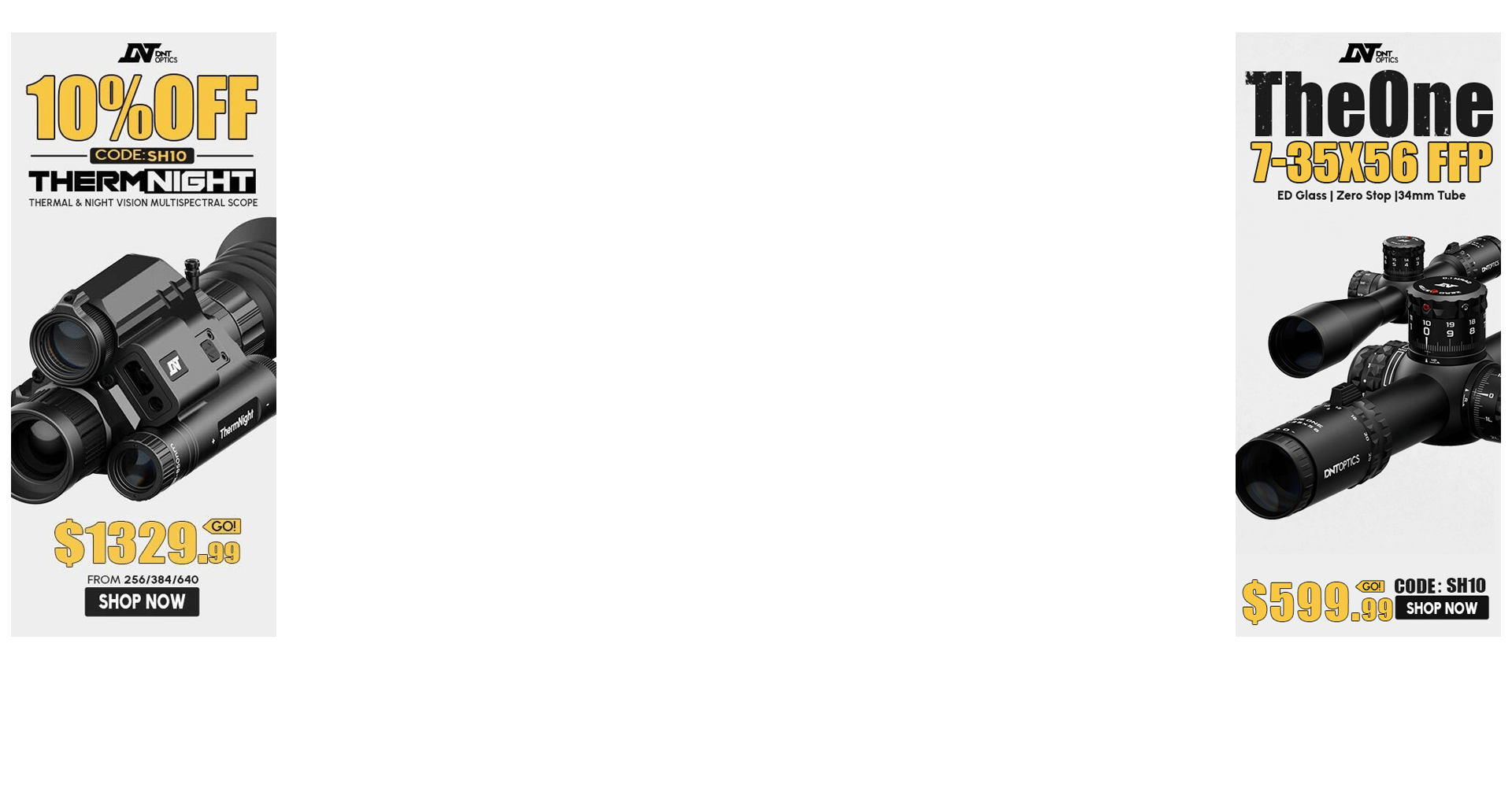Hey all,
Didn’t know if this was the best place to post, so feel free to direct otherwise.
The Magpul Pro 700 chassis delivers Wednesday, and having limited experience with a chassis, I’m curious if anyone has discovered an “optimal process” for chassis/stock fitment. I’m seeking guidance on what to adjust first, second, etc. I have experienced a couple of road bike fittings and know the value of a properly sequenced fitting versus what I can do in the garage, and I suspect similar exists for setting up a precision rifle. I realize this is very subjective and there are no right or wrong ways; there are more/less optimal ways.
My initial ignorant guess looks something like; trigger and length of pull, then stock length, comb height, and finally buttpad height and cant. Then range trip, tune, repeat as needed.
Thanks in advance for any feedback. -ES
Didn’t know if this was the best place to post, so feel free to direct otherwise.
The Magpul Pro 700 chassis delivers Wednesday, and having limited experience with a chassis, I’m curious if anyone has discovered an “optimal process” for chassis/stock fitment. I’m seeking guidance on what to adjust first, second, etc. I have experienced a couple of road bike fittings and know the value of a properly sequenced fitting versus what I can do in the garage, and I suspect similar exists for setting up a precision rifle. I realize this is very subjective and there are no right or wrong ways; there are more/less optimal ways.
My initial ignorant guess looks something like; trigger and length of pull, then stock length, comb height, and finally buttpad height and cant. Then range trip, tune, repeat as needed.
Thanks in advance for any feedback. -ES

